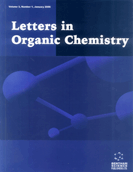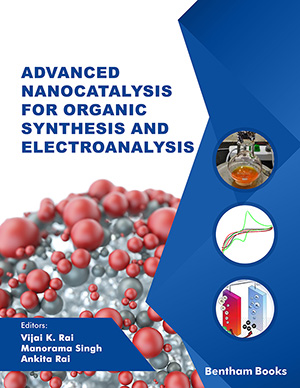Abstract
Rhodium catalysts for hydroformylation of aryl alkenes generally promote the formation of branched aldehydes. Here, we have demonstrated that by using a single rhodium catalyst containing a diphosphoramidite ligand derived from BINOL, it is possible to achieve the inversion of regioselectivity in the hydroformylation of aryl alkenes simply by reducing the syngas pressure or, alternatively, increasing the reaction temperature. Indeed, the hydroformylation of styrene carried out at 20 bar and 50°C resulted in 72% of 2- phenylpropanal, while at atmospheric pressure, 71% of 3-phenylpropanal was obtained. A similar linear selectivity (72-74%) was observed when the hydroformylation of styrene, pmethylstyrene, and p-methoxystyrene was performed at 10 bar and higher temperature (80°C). The regioselectivity of the hydroformylation of trans-β-methylstyrene under mild conditions (80°C, 10-20 bar) was also strongly influenced by the syngas pressure. The results of this study show that it is possible to reverse the selectivity of aryl alkenes hydroformylation with a single catalyst by simply exploring the reaction conditions. In this paper, we have shown that the inversion of the regioselectivity in the hydroformylation of aryl alkenes can be achieved using a single rhodium catalyst containing a BINOL-derived diphosphoramidite ligand by reducing the syngas pressure or, alternatively, increasing the reaction temperature.
Keywords: Hydroformylation, diphosphoramidite, rhodium catalyst, aryl alkenes, linear selectivity, styrene, homogeneous catalysis.
[http://dx.doi.org/10.1021/cr3001803] [PMID: 22937803]
[http://dx.doi.org/10.1007/s40828-021-00154-x]
[http://dx.doi.org/10.1002/9783527677931]
[http://dx.doi.org/10.1016/S0022-328X(00)00389-2]
[http://dx.doi.org/10.1039/D1CY00737H]
[http://dx.doi.org/10.1021/acs.accounts.8b00335] [PMID: 30118203]
[http://dx.doi.org/10.1021/acscatal.9b05031]
[http://dx.doi.org/10.1002/chem.200800747] [PMID: 18686280]
[http://dx.doi.org/10.1039/b818665k] [PMID: 19240914]
[http://dx.doi.org/10.1039/C2DT31738A] [PMID: 23104326]
[http://dx.doi.org/10.1021/ol802479y] [PMID: 19053715]
[http://dx.doi.org/10.1039/D2CC05119B] [PMID: 36723295]
[http://dx.doi.org/10.1021/ja909619a] [PMID: 20662513]
[http://dx.doi.org/10.1021/cs400943s]
[http://dx.doi.org/10.1016/j.catcom.2018.07.004]
[http://dx.doi.org/10.1002/aoc.3837]
[http://dx.doi.org/10.1002/recl.19961151108]
[http://dx.doi.org/10.1039/b105391b] [PMID: 12240098]
[http://dx.doi.org/10.1039/b814120g] [PMID: 19082120]
[http://dx.doi.org/10.1016/0304-5102(89)80104-X]
[http://dx.doi.org/10.1021/om00001a010]
[http://dx.doi.org/10.1016/0304-5102(81)85079-1]
[http://dx.doi.org/10.1016/S1381-1169(96)00286-5]
[http://dx.doi.org/10.1016/S1381-1169(01)00408-3]
[http://dx.doi.org/10.1016/j.ica.2005.12.039]



























